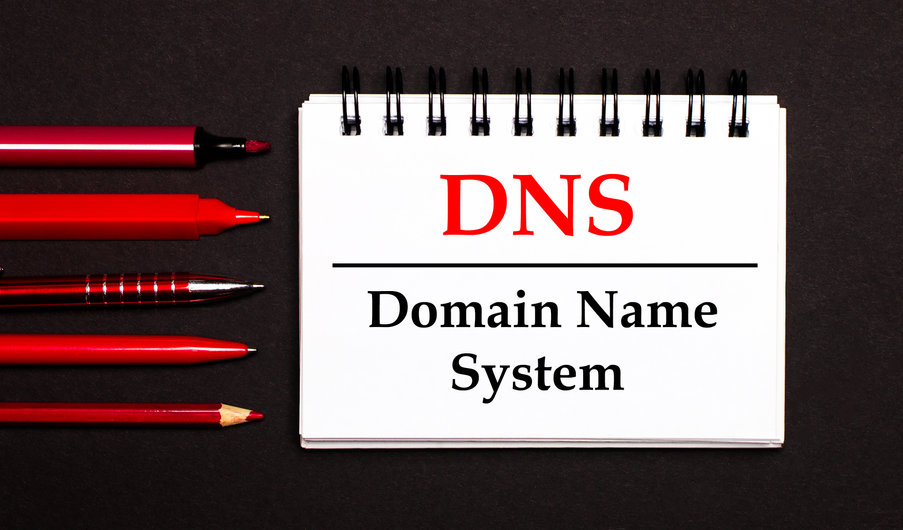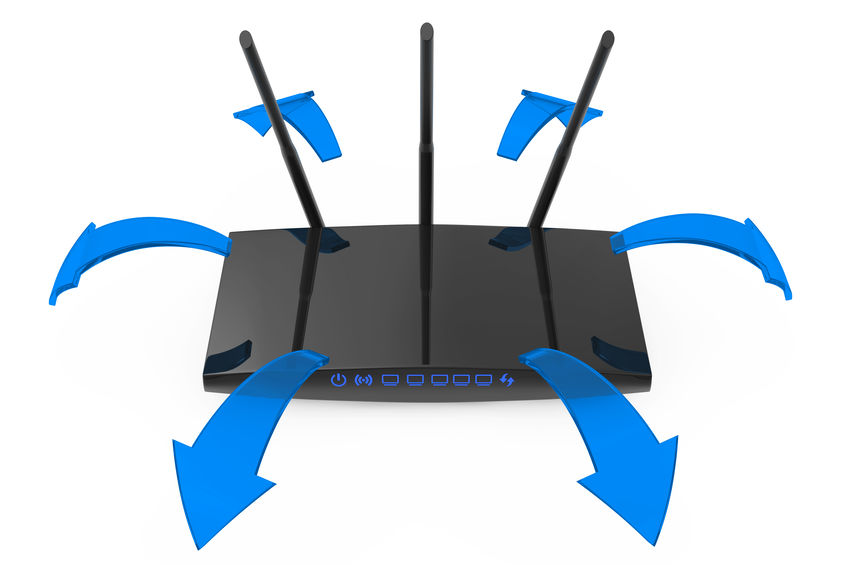We just started to chat about DNS records with the DNS A Records, and now we will see a second DNS record – DNS MX record. MX does not mean Mexican. It means Mail Exchanger. We will go into details about why such a DNS record must exist and why can’t we freely send emails the way we want.
Check this page if you need additional information about the DNS MX record!
What is a DNS MX record?
Every action that relates to domains needs DNS records for instruction. In the DNS MX record case, it is a text document, mail exchanger record, that shows which server is responsible for receiving the emails that go for a particular domain.










